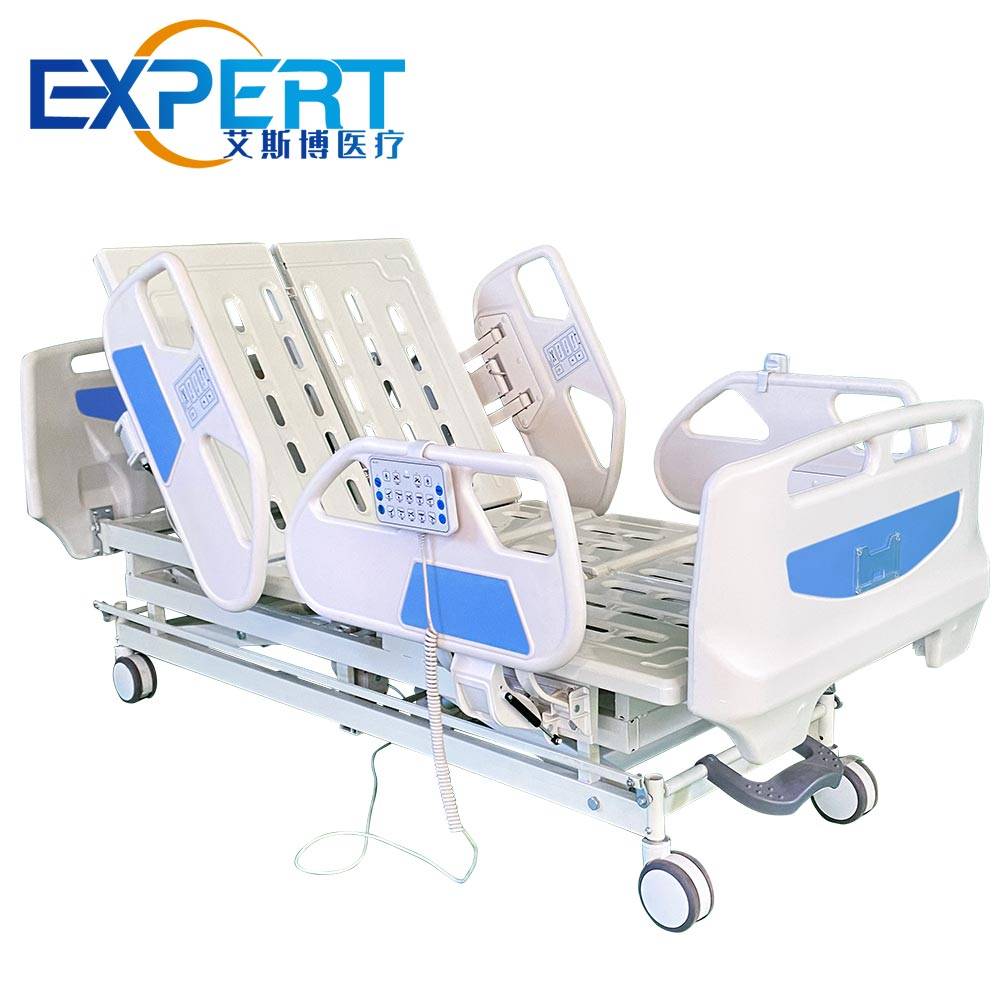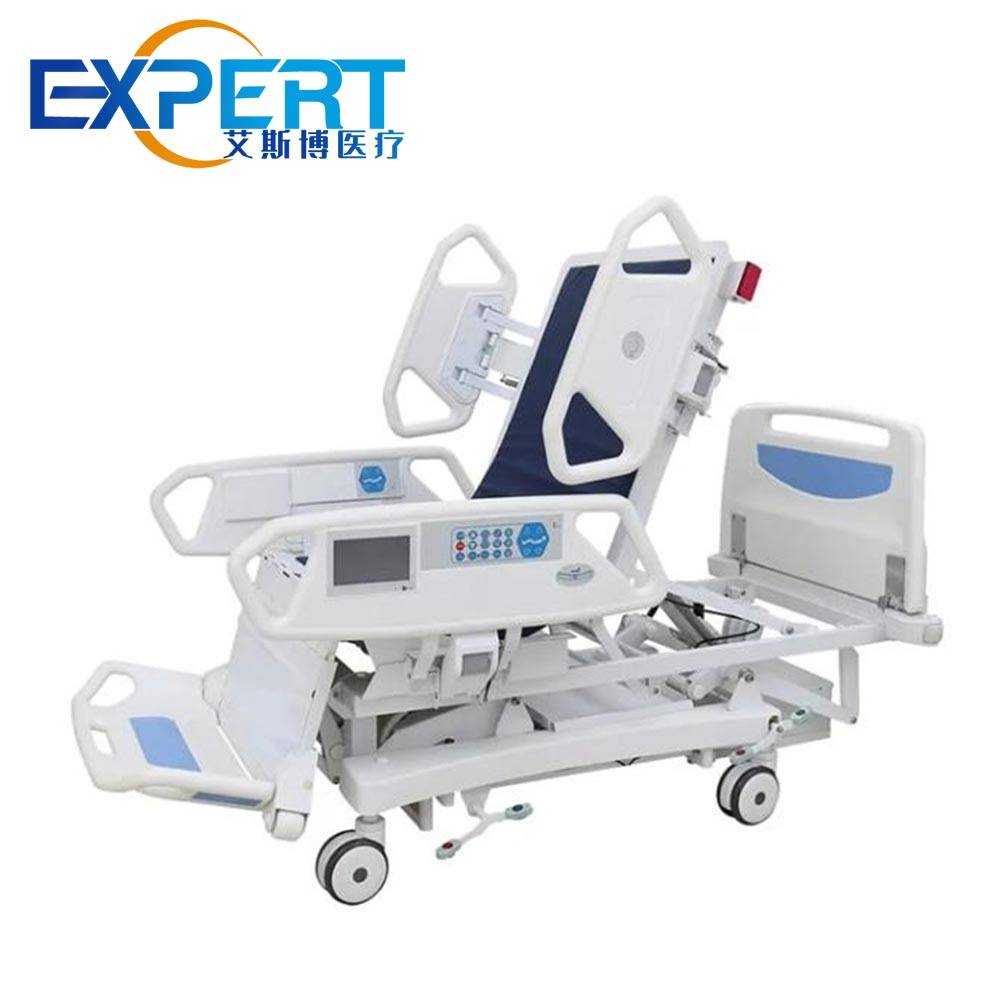Adresse
304, rue Cardinal Nord
Centre Dorchester, MA 02124
Heures de travail
Du lundi au vendredi : 7h - 19h
Week-end : 10h - 17h

In the dynamic realm of healthcare, patient comfort, safety, and well-being stand as paramount priorities. As the industry transitions towards a more patient-centric approach, the demand for innovative solutions that enhance these aspects of care is burgeoning. Fully automatic hospital beds emerge at the forefront of this transformation, offering a range of benefits poised to revolutionize patient care.
Fully automatic hospital beds are equipped with cutting-edge technology that enables effortless adjustment and positioning of the bed frame, backrest, leg rest, and other components. This automation eliminates the need for manual operation, reducing the workload for nurses and other healthcare professionals, while minimizing the risk of patient injuries.
Here are some of the salient features of this hospital bed:









Fully automatic hospital beds offer a multitude of advantages that make them an invaluable asset in healthcare settings:
Fully automatic hospital beds are becoming increasingly prevalent in various healthcare settings due to their versatility and benefits:

Fully automatic hospital beds are poised to play a transformative role in the future of patient care:
Table: Summary of Fully Automatic Lit d'hôpital Features and Advantages
| Caractéristique | Avantage |
|---|---|
| Fonctionnement de la télécommande | Improved patient comfort, promotes independence |
| Pre-Programmed Positions | Optimal patient care, reduces need for manual adjustments |
| Pressure Redistribution Systems | Prevents bedsores, improves comfort |
| Safety Sensors | Minimizes risk of falls, entrapment, injuries |
| Reduced Workload for Staff | Enhances efficiency, reduces burnout |
Fully automatic hospital beds represent a significant advancement in patient care, offering a combination of comfort, safety, and efficiency that is revolutionizing healthcare settings. As technology continues to evolve, we can expect even more innovative features and applications for fully automatic hospital beds, further enhancing the quality of care for patients worldwide.
Are fully automatic hospital beds suitable for all patients?
Fully automatic hospital beds are designed to accommodate a wide range of patient needs and preferences. However, individual patient assessments should be conducted to ensure suitability.
Do fully automatic hospital beds require special maintenance?
Like any medical equipment, fully automatic hospital beds require regular maintenance and servicing to ensure optimal performance and safety.
Can fully automatic hospital beds be customized to meet specific patient requirements?
Yes, many fully automatic hospital bed models offer customizable settings and presets to accommodate individual patient preferences and clinical needs.
Are fully automatic hospital beds cost-effective for healthcare facilities?
While the initial investment in fully automatic hospital beds may be higher compared to traditional beds, the long-term benefits in terms of patient outcomes, caregiver efficiency, and resource utilization often justify the expense.
Do fully automatic hospital beds require specialized training for healthcare staff?
Healthcare staff may require training to familiarize themselves with the features and operation of fully automatic hospital beds. However, many manufacturers provide comprehensive training programs and support resources for staff education.
